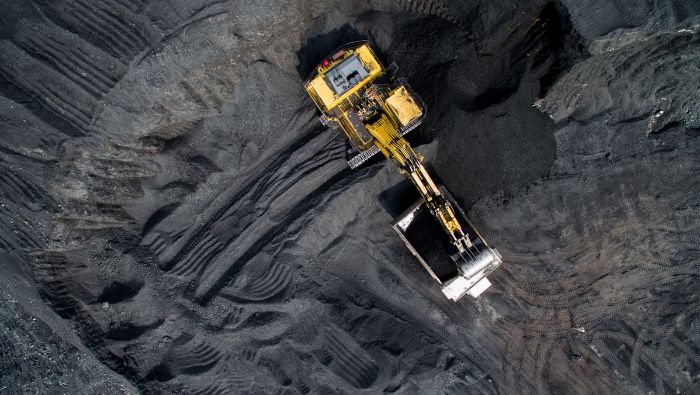With the colder months approaching in Europe, power consumption rises and this is normally accommodated by increased fossil fuel consumption. This year, the uptick will be more than offset by France restarting some reactors after maintenance. Balanced renewable energy generation and few policy developments will have limited impact on the carbon price, but a marginally improved, but still poor, economic outlook will help lift demand. As a result, CRU expects the EUA price to be steady up to year-end.
Coal uptake to support EUA price
EU gas storage has peaked just shy of 96%. Russian gas imports remain low and the EU continues to rely on LNG imports and increased coal uptake. While further gas-to-coal switching is possible, the augmented winter energy demand would typically be met by additional coal-fired capacity, which would normally provide support to the EUA price.
Additional nuclear to offset coal needs, despite struggles
France is falling behind its schedule to put nuclear reactors online after maintenance. Only ~3 GW were added in November, which puts the year-end target of 18 GW out of reach. Regardless, the limited additional nuclear output expected will reduce the need for additional coal-fired power and could depress EUA demand by as much as ~1.5% in December.

EU to avoid deep recession this winter
New forecasts lifted expectations for the EU economy for 2022 Q4 and 2023 Q1, with the recession now expected to be shallower than previous predicted. The positive news came days after encouraging industrial production statistics for 2022 Q3. With gas storage almost full, there is limited risk that economic output will be curtailed during the winter months. High inflation and the war in Ukraine remain key uncertainties, but we believe the European economy will be stable at this higher level up to year-end, helping to support the EUA price.
EU leaders agree updated mechanism to avoid price hikes
EU leaders agreed to lower the trigger price for the Market Stability Reserve (MSR) to avoid potential carbon price spikes, which would impact economic growth. The new changes allow for intervention if the carbon price trades at more than 2.4x the average of the previous two years for at least six months. This decision will not impact the EUA price in the next four weeks.
The cut-off date of the data is 21 November 2022.
These and other economic developments that impact commodity markets are discussed with CRU subscribers regularly. To enquire about CRU services or to discuss this topic in detail, get in touch with us.
CRU experts discussed the impact of the war in Ukraine on commodity markets in a recent webinar. Experts from all major commodity areas joined CRU’s Head of Economics and an energy specialist to discuss markets one month on from the invasion of Ukraine. The webinar is available to watch on-demand here.
Explore this topic with CRU


